Speakers
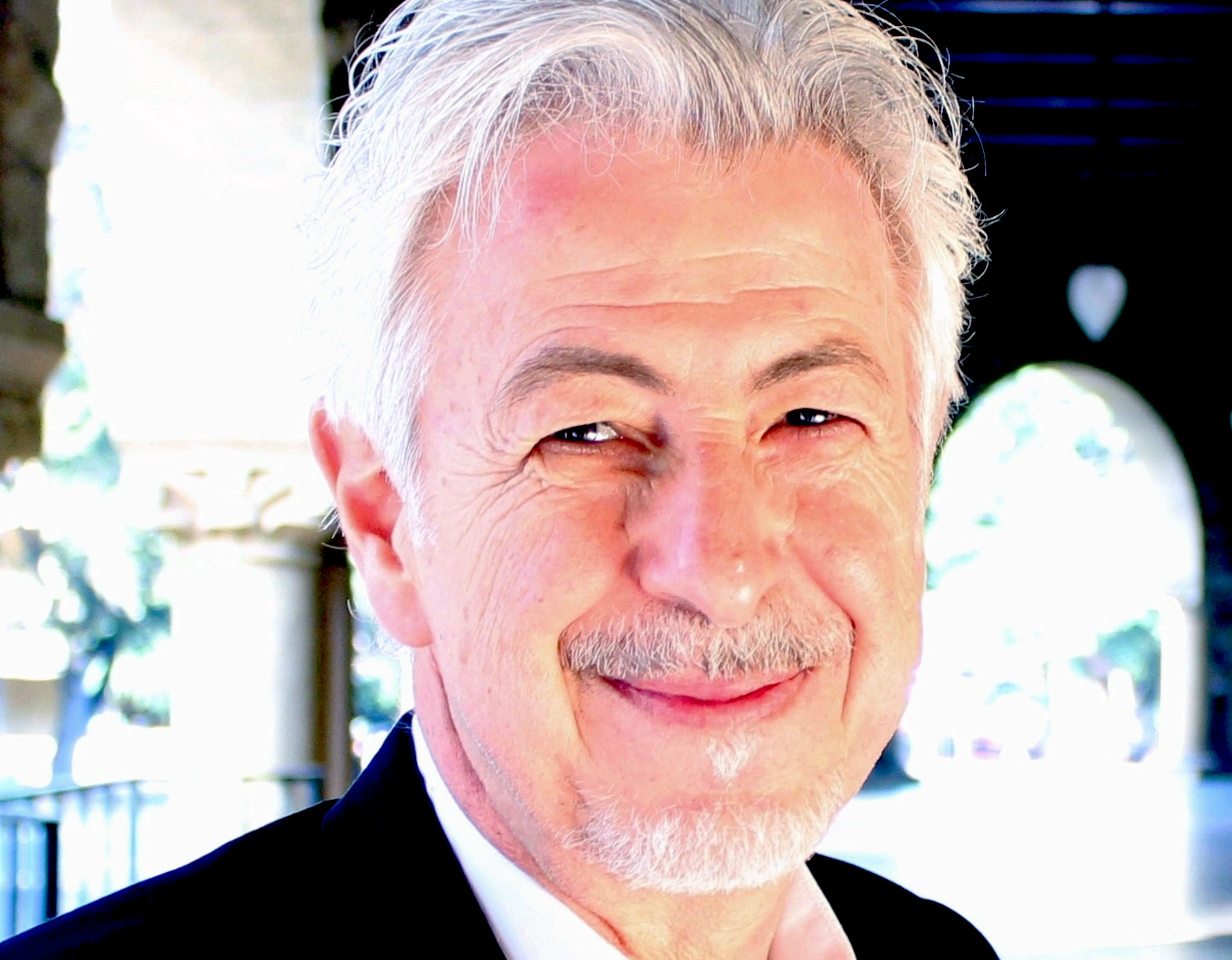 Oussama Khatib Stanford University |
Title: The Era of Human-Robot Collaboration: Deep Sea ExplorationBiography:Oussama Khatib received his PhD from Sup’Aero, Toulouse, France, in 1980. He is Professor of Computer Science and Director of the Robotics Laboratory at Stanford University. His research focuses on methodologies and technologies in human-centered robotics, haptic interactions, artificial intelligence, human motion synthesis and animation. He is President of the International Foundation of Robotics Research (IFRR) and a Fellow of the Institute of Electrical and Electronic Engineers (IEEE). He is Editor of the Springer Tracts in Advanced Robotics (STAR) series, and the Springer Handbook of Robotics, awarded the American Publishers Award for Excellence in Physical Sciences and Mathematics. He is recipient of the IEEE Robotics and Automation (IEEE/RAS) Pioneering Award (for his fundamental contributions in robotics research, visionary leadership and life-long commitment to the field), the IEEE/RAS George Saridis Leadership Award, the Distinguished Service Award, the Japan Robot Association (JARA) Award, the Rudolf Kalman Award, and the IEEE Technical Field Award. Professor Khatib is a member of the National Academy of Engineering. |
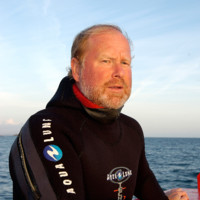 Michel L’Hour Department for Underwater Archaeology of the French Ministry of Culture |
Title: How robots can help archeologists to study the deep sea cultural heritageBiography:Michel L’HOUR is General Curator for underwater heritage and former Director of the France’s Underwater Archaeology Research Department (DRASSM) of the French Ministry of Culture. He holds a doctorate (1982) in Greek and Roman archaeology. He is a member of the Scientific and Technical Advisory Body of the UNESCO 2001 Convention for the protection of Underwater cultural Heritage since 2013, and served as President of this advisory body in 2014 and 2015. He is a member of the Editorial Committee of the International Observatory on Illicit Traffic in Cultural Goods (ICOM). He is Knight and Officer of the French Order of Arts and Letters and Knight of the French Order of Mérite Maritime. He authored 155 scientific articles and 8 books and won several French literary prizes (Prix Robert de la Croix du Livre maritime in 1989, Grand Prix du Beau Livre Maritime in 2006, Grand Prix Littéraire de la Corderie et de l’Hermione in 2006, Prix Corail du livre maritime in 2008, Prix Corail du Livre Maritime in 2013). He has been the commissioner of 9 international exhibitions and the deputy-commissioner of 29 others exhibitions. He directed many underwater excavations around the world, among them the remarkable Brunei Shipwreck (Chinese merchantship, XV c. Sultanate of Brunei, Borneo Island), La Natière 1 and 2 (Two French privateers, 1704 and 1749, bay of Saint-Malo, North of Brittany), La Boussole and l’Astrolabe (the exploration ships of the Count of Lapérouse, 1788, Salomon Islands), The Moon shipwreck (French warship, 1664, Bay of Toulon), The Danton (French dreadnought, 1917, South of Sardinia). He directed also several missions for the French ministry of Foreign Affairs and/or UNESCO in foreign countries. |
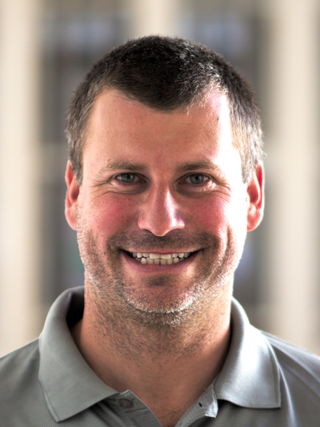 Martin Saska Czech Technical University |
Title: A system for documentation of historical monuments by a team of unmanned aerial vehiclesBiography:Martin Saska received his MSc. degree at the Czech Technical University in Prague, 2005, and his Ph.D. degree at the University of Wuerzburg, Germany, within the PhD program of the Elite Network of Bavaria, 2009. Since 2009 he has been a research fellow at the Czech Technical University in Prague, where he founded and heads the Multi-robot Systems group (http://mrs.felk.cvut.cz/), consisting of 40+ young researchers. He was a visiting scholar at the University of Illinois at Urbana-Champaign, USA, in 2008, and at the University of Pennsylvania, USA, in 2012, 2014, 2016 and 2018, where he worked with Vijay Kumar's group within the GRASP lab. His team won a multi-UAV challenges in MBZIRC 2017 and 2020 competitions, and his group was part of a team that achieved the 1st place in DARPA SubT 2019 challenge among self-funded teams. He is an author or co-author of more than 100 papers in major journals, including IJRR, AURO, RAL, RAS, ASC or EJC, with more than 3500 citations indexed by Google Scholar (H-index 30). |
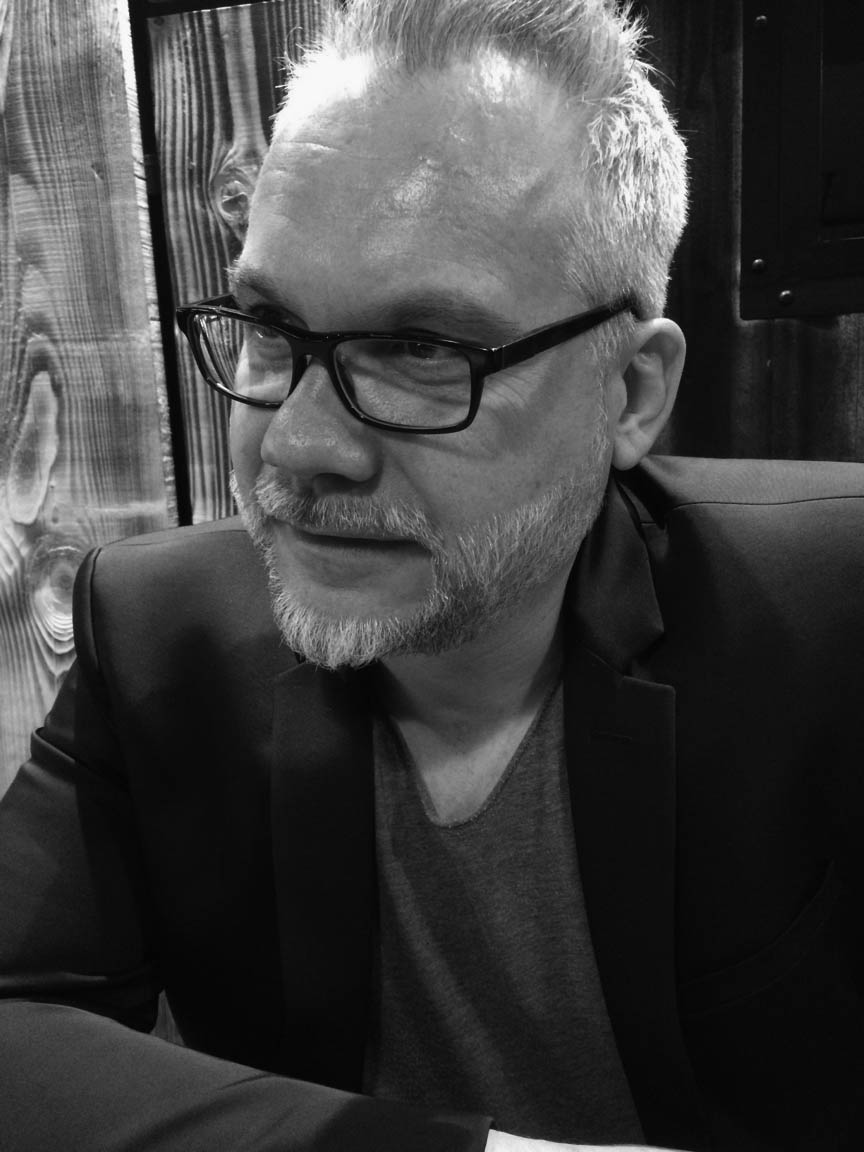 Cyrille Chaidron Artéka |
Title: Multi-spectral imaging and machine learning for detecting archeological sitesBiography:Cyrille Chaidron is a researcher associated with the ArScAn laboratory (UMR 7041) - Gama team and a researcher associated with the research unit 4284 (TrAme laboratory) of the University of Picardie Jules-Verne in Amiens, France. He has specialized for more than 20 years in the study of ceramics in northern France, from ancient protohistory to the 20th century, with a specialization in the period between the Gallic War and the 5th century AD. He is a member of the French Society for the Study of Ancient Ceramics in Gaul, a member of the federative research structure "Digital and Heritage" (University of Picardy, University of Lille), a member of the Technical Committee of IAPR (Technical Committee 19 of International Association for Pattern Recognition), an associate researcher of the European project ARCHAIDE, and the leader of the research project Arkéo-IA in the TrAme laboratory of the University of Picardy Jules Verne (use of Machine Learning for the analysis of satellite imagery). He is the president of the start-up Artéka specialized in multispectral imagery and image analysis by AI, which owns a patent for a hardware solution for live video analysis by AI, and he is the president of the company Arkéocéra (design office in ceramology). |
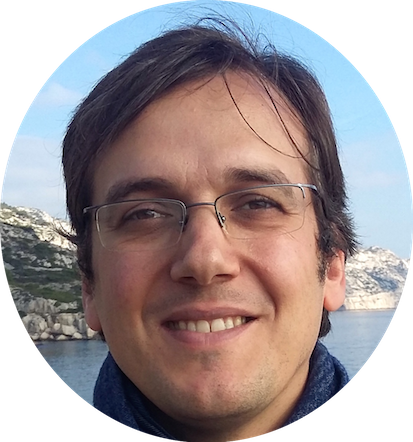 Franck Ruffier Institute of Movement Science |
Title: A Shape-Adjusted Tridimensional Reconstruction of Cultural Heritage Artifacts Using a Miniature QuadrotorBiography:Franck Ruffier received an engineering degree in 2000 and a Ph.D. degree from INP-Grenoble in 2004, as well as a habilitation to supervise research from Aix-Marseille University in 2013. He was visiting scientist invited by Prof. Michael Dickinson, Univ. of Washington, Seattle, USA in 2012 as well as in 2008 by Dr. T. Mukai at RIKEN, Nagoya, Japan. Franck Ruffier published more than 70 papers in international Journals and referred Proceedings including Science, PNAS and Current Biology as well as 12 book chapters and 10 patents. His present position is CNRS Research Director at the Institute of Movement Science (ISM). His main areas of interest are insect-inspired vision and aerial robotics as well as their application to heritage. |
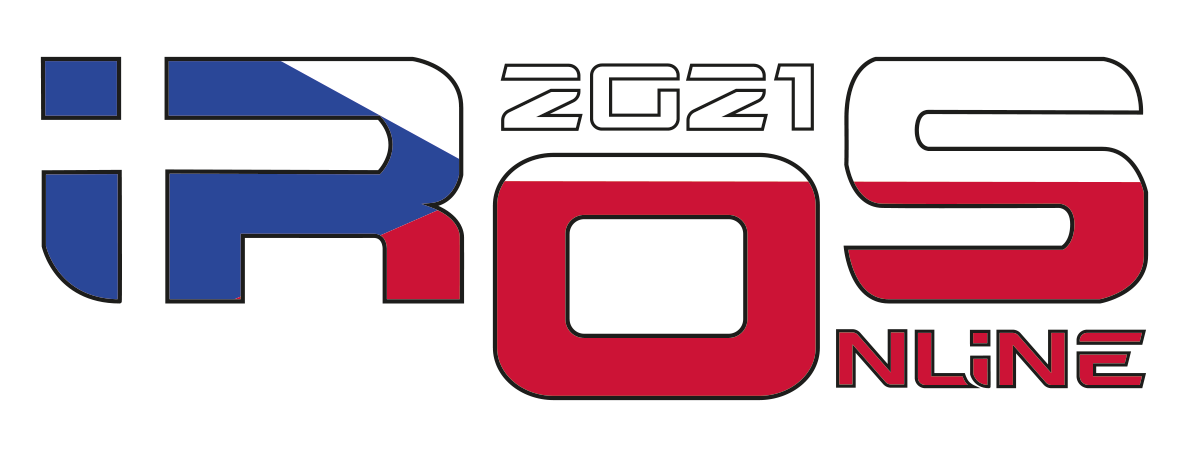
|
2021 IEEE/RSJ International Conference on Intelligent Robots and Systems |